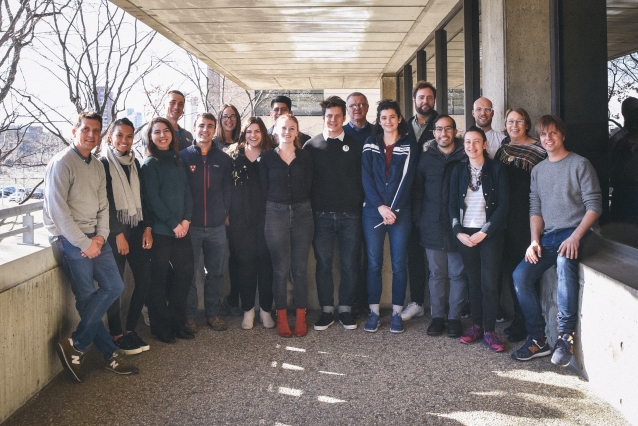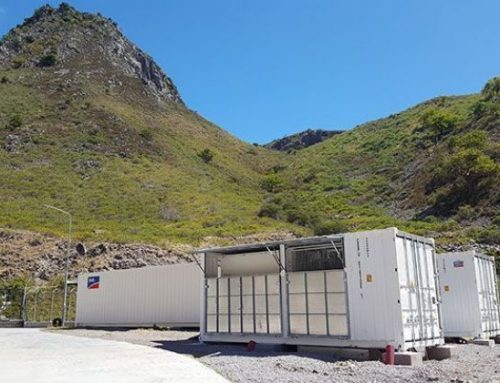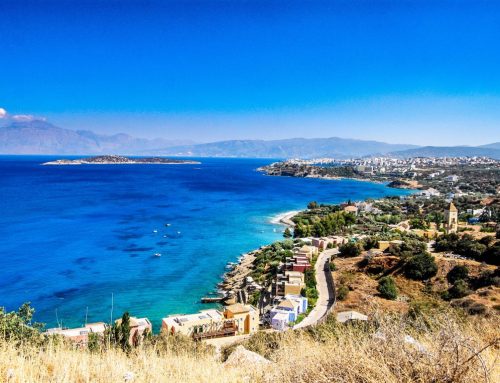The island community of Martha’s Vineyard off the US north-eastern coast is collaborating with students from the Massachusetts Institute of Technology to find pathways to achieve net-zero carbon by 2030.
Martha’s Vineyard is working with the MIT Energy Initiative (MITEI) to develop a plan that will enable it to meet this ambitious challenge. Prompted by the Vineyard Sustainable Energy Committee, Martha’s Vineyard hopes to serve as a model for other island communities.
As a first step, MITEI hosted a net-zero carbon design thinking, offering participants a chance to creatively explore clean energy options through a process known as the design thinking model. The workshop was co-hosted with Shell, a founding member of MITEI.
Design thinking is a collaborative process where groups are constantly engaged in out-of-the-box thought exercises and activities such as fast-paced brainstorming and rapid prototyping sessions. While still relatively new, the concept has proven itself time and time again as an effective problem-solving tool.
For senior and chemical engineering major Allison Shepard, the design thinking process has changed how she thinks about everything. “Design thinking really brings creativity and hands-on, quick thinking to the forefront and makes things happen,” she said.
During the workshop, graduate and undergraduate students tackled separate energy-related issues: transportation, agriculture, economic stability for residents. At the end of the week, each group presented their solutions to Martha’s Vineyard residents and stakeholders.







